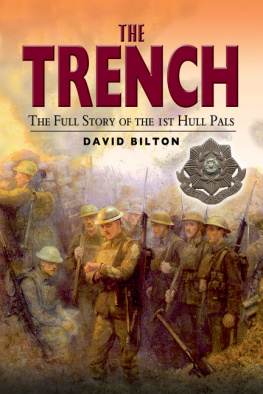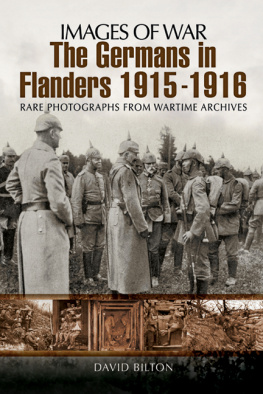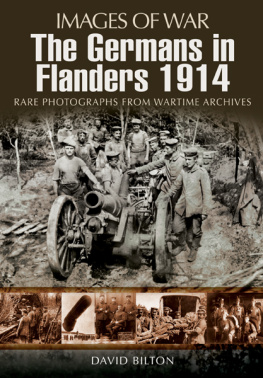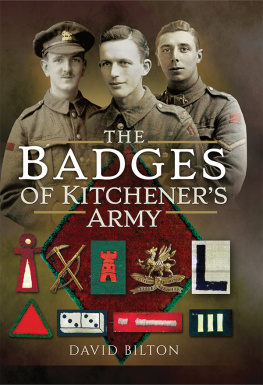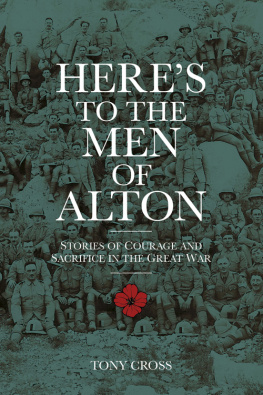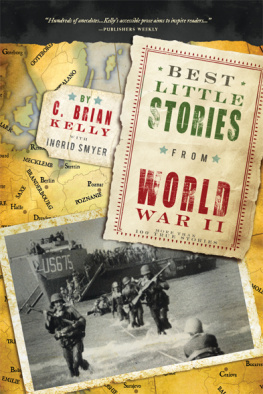SEA AND AIR FIGHTING
SEA AND AIR FIGHTING
Those Who Were There
Edited by David Bilton
First published in Great Britain in 2016 by
PEN & SWORD MILITARY
an imprint of
Pen & Sword Books Ltd
47 Church Street
Barnsley
South Yorkshire
S70 2AS
Copyright David Bilton, 2016
ISBN 978-1-47386-705-5
eISBN 978-1-47386-707-9
Mobi ISBN 978-1-47386-706-2
The right of David Bilton to be identified as the author of this work has been asserted by him in accordance with the Copyright, Designs and Patents Act 1988.
A CIP catalogue record for this book is available from the British Library.
All rights reserved. No part of this book may be reproduced or transmitted in any form or by any means, electronic or mechanical including photocopying, recording or by any information storage and retrieval system, without permission from the Publisher in writing.
Pen & Sword Books Ltd incorporates the imprints of Pen & Sword Archaeology, Atlas, Aviation, Battleground, Discovery, Family History, History, Maritime, Military, Naval, Politics, Railways, Select, Social History, Transport, True Crime, and Claymore Press, Frontline Books, Leo Cooper, Praetorian Press, Remember When, Seaforth Publishing and Wharncliffe.
For a complete list of Pen & Sword titles please contact
PEN & SWORD BOOKS LIMITED
47 Church Street, Barnsley, South Yorkshire, S70 2AS, England
E-mail:
Website: www.pen-and-sword.co.uk
LIST OF PLATES
The Cap Trafalgar , a German passenger liner converted to an auxiliary cruiser in the middle of August 1914.
The Carmania .
HMS Audacious , King George V-class battleship.
The RMS Olympic , lead ship of the White Star Line.
The crew of Audacious took to lifeboats and were rescued by RMS Olympic. The photo was taken by Mabel and Edith Smith.
HMS Warrior , a Warrior-class armoured cruiser launched in 1905.
HMS Queen Mary with her torpedo net booms folded against her side.
A German photograph showing the final minutes of the Battle Cruiser Queen Mary .
SMS Frauenlob , a German light cruiser sunk at the battle of Jutland.
HMS Vindictive , an Arrogant-class cruiser launched in 1897.
An aerial view of two British ships sunk in Zeebrugge harbour.
German heavy bombers taking off for a raid.
Manfred von Richthofen, the Red Baron, seated in the cockpit of the Albatross 111, with members of Jasta 11 in 1917.
Jadgstaffel 11 lined up ready for a patrol.
French troops on Gallipoli before an attack on 21 June 1915.
Some of the many wounded that were evacuated from Gallipoli and sent to Egypt or Malta to recover.
A BE2c (Bleriot Experimental), initially constructed for stability at a time when reconnaissance was considered one of the most important roles in aviation.
Hauptmann Oswald Boelcke, a German flying ace with forty credited victories.
INTRODUCTION
In the inter-war period many of the combatants on both sides wrote about their experiences in the trenches, at sea and in the air. Most of them have long been out of print and are difficult to find. This is one such book. These stories were first published in 1936 as part of a nearly 800 page book and are specially written vignettes from the writers published books on their war. Some of the writers will be familiar to readers but most are little known.
The stories contained within this volume, one of three, are about the war at sea and in the air. What makes them special is that they were penned by the participants, some officers others merely soldiers, while their memories were still fresh and before their war the war to end all wars had been replaced by another. Although their style may be old-fashioned they tell their tales truthfully so any editing has been kept to a minimum. Where possible the next pages fill in the background of the writers, putting them in a historical context allowing further research.
Contained within the pages of this book are stories of bravery and daring-do, on land, in the air and on the sea. Why a story about land warfare in a book about the navy and air force? Simple. The Royal Navy contributed men to form the 63rd Royal Naval Division which fought at Gallipoli and its ships had naval soldiers, the Royal Marines.
As well as fighting major battles with the German Fleet, the Royal Navy undertook other roles. They guarded convoys, swept the seas for mines to ensure the safe passage of ships from the continent, brought home wounded men, took men to war, fought on land with the army and fought the submarine menace using warships and Q ships. The fledgling Flying Corps started its involvement in the war as a tool for reconnaissance, quickly moving to armed combat and bombing. By 1916 a squadron no longer did everything, they had become specialised.
The stories by the famous and not so famous include Sir Compton Mackenzie, prolific author, writing about his experiences at Gallipoli and Commander King-Hall another noted author describing his experiences at the Battle of Jutland. E Keble Chatterton describes the duel between the C armania and Cap Trafalgar , George Clark provides an eye-witness account of what was described as the greatest secret of the war and G Mulhauser explains how Q ships went about their work. The attack on the Mole at Zeebrugge is vividly portrayed by Captain Carpenter, VC and Alan Bott describes the daily work of the RFC in the early days of the war. Mrs Peel describes the bombing of the Home Front and the writer Vigilant explains how the Red Baron met his end. Other stories include flying over the Western Front whilst hanging upside down and more about Q ships and their dangerous work.
ABOUT THE AUTHORS
Edward Keble Chatterton (18781944). A prolific writer who published around a hundred books, pamphlets and magazine series, mainly on maritime and naval themes. Born in Sheffield, he attended Sheffield Royal Grammar School followed by St Pauls School in Hammersmith, London. He took a BA at Oxford, before beginning to write theatre and art reviews for various magazines
A keen amateur sailor at the outbreak of the War, he joined the Royal Naval Volunteer Reserve, ultimately commanding a Motor Launch flotilla at Queenstown in Ireland. He left the service in 1919 with the rank of Lieutenant Commander and wrote about his experiences in Q-Ships and their Story (1922), The Auxiliary Patrol (1924) and Danger Zone: The Story of the Queenstown Command (1934). He also wrote a series of monographs on model ships, many narrative histories of naval events, a number of juvenile novels and books about boating on French canals.
George P. Clark. The Commanders Signal Yeoman on the superdreadnought Audacious , sunk by a mine on 27 October 1914.
Gordon Campbell. One of seven OAs (Dulwich College pupils) to receive the Victoria Cross, Vice-Admiral Campbell was the successful commander of armed decoy vessels known as Q ships during the First World War. In 1916 he was awarded the DSO for sinking a U-boat and a year later received a VC for successfully destroying another German submarine despite his own ship being hit and sinking. He became a Vice-Admiral in 1932. From 1931 to 1935 he was MP for Burnley.
William Stephen Richard King-Hall (Baron King-Hall) (18931966). A naval officer, writer, politician (MP for Ormskirk) and playwright. He served between 1914 and 1918, with the Grand Fleet, serving on HMS Southampton and with 11th Submarine Flotilla. He resigned from the navy in 1929 with the rank of Commander.


